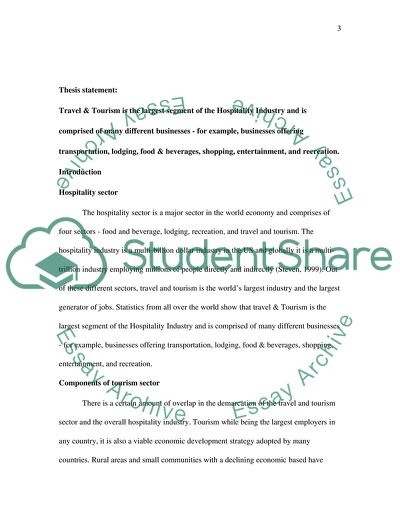Cite this document
(Travel and Tourism: the Largest Segment of the Hospitality Industry Case Study, n.d.)
Travel and Tourism: the Largest Segment of the Hospitality Industry Case Study. Retrieved from https://studentshare.org/tourism/1722496-travel-tourism
Travel and Tourism: the Largest Segment of the Hospitality Industry Case Study. Retrieved from https://studentshare.org/tourism/1722496-travel-tourism
(Travel and Tourism: The Largest Segment of the Hospitality Industry Case Study)
Travel and Tourism: The Largest Segment of the Hospitality Industry Case Study. https://studentshare.org/tourism/1722496-travel-tourism.
Travel and Tourism: The Largest Segment of the Hospitality Industry Case Study. https://studentshare.org/tourism/1722496-travel-tourism.
“Travel and Tourism: The Largest Segment of the Hospitality Industry Case Study”. https://studentshare.org/tourism/1722496-travel-tourism.


